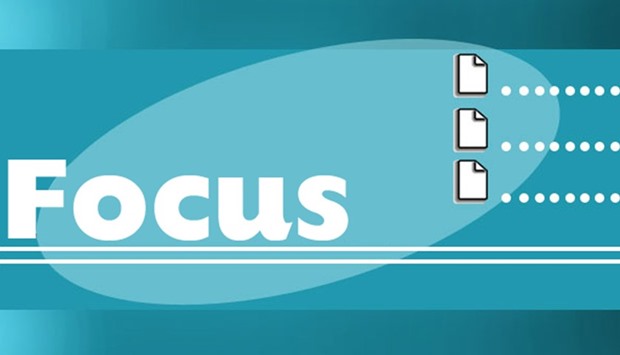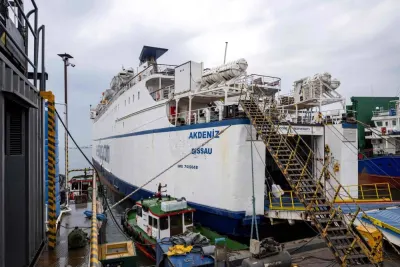Governments and humanitarian agencies have agreed a “Grand Bargain” which aims to cut the costs of administering aid by around $1bn a year, and ensure more of that money goes to help people in crisis.
At the World Humanitarian Summit in Istanbul yesterday, 21 donor countries and 16 aid organisations – which include several UN agencies and the Red Cross – agreed to reduce inefficiencies and slim down overheads.
That could help fill an estimated $15bn annual funding gap to tackle the emergency needs of more than 125mn people globally, and create “a virtuous circle, drawing in more resources” from a wider range of donors, the bargain said.
UN Secretary-General Ban Ki-moon said the deal, which contains 51 commitments, would lead to better humanitarian response on the ground in conflicts and natural disasters.
“It should lead to faster action, better engagement with people affected by crises, more funding for national organisations, greater efficiency and more accountability,” he
told a launch event in Istanbul.
“These are all fundamental to improving support for the people we serve.”
Kristalina Georgieva, the European Commission vice-president for budget and human resources who masterminded the bargain, said the overheads of aid agencies now soak up around 15 % of funding, and those would be shaved.
“I expect more resources in the hands of people in need and the humanitarian workers on the frontline (who) are risking their lives to help them, and I expect less to be spent in the back room in transactions that do not help us get help to the people,” she said.
The bargain, supported by big donor governments including the United States, Britain, Germany, France and Japan, also commits them to make their funding more flexible and to put money into longer-term programmes that allow agencies to go beyond supplying basic relief.
They will also look at how to simplify their systems for distributing money to aid agencies and their requirements for reporting how that money is spent.
The humanitarian agencies agreed to jointly assess aid needs in a disaster, rather than each producing a separate analysis, and to buy supplies together to bring down costs.
Elhadj As Sy, secretary general of the International Federation of Red Cross and Red Crescent Societies, welcomed the bargain’s commitment to provide 25% of humanitarian funding directly to local and national agencies by 2020 – up from only around 2.5% in 2015.
“There is a recognition of those who are on the frontline,” he said.”They are they in places where there is no doctor, no school, where women have to walk the last mile to the water point, often paved with danger.”
The bargain would free up funds to provide things like insurance and better equipment for those handling diseases, keeping local aid workers safer, he added.
World Vision International head Kevin Smith said the bargain – which its backers hope will attract more support in the coming months – would not be a panacea for all the problems of the aid system but was “a serious and realistic way forward”.
“Making change will cost, but staying the same will cost more,” he said.

FOCUS


